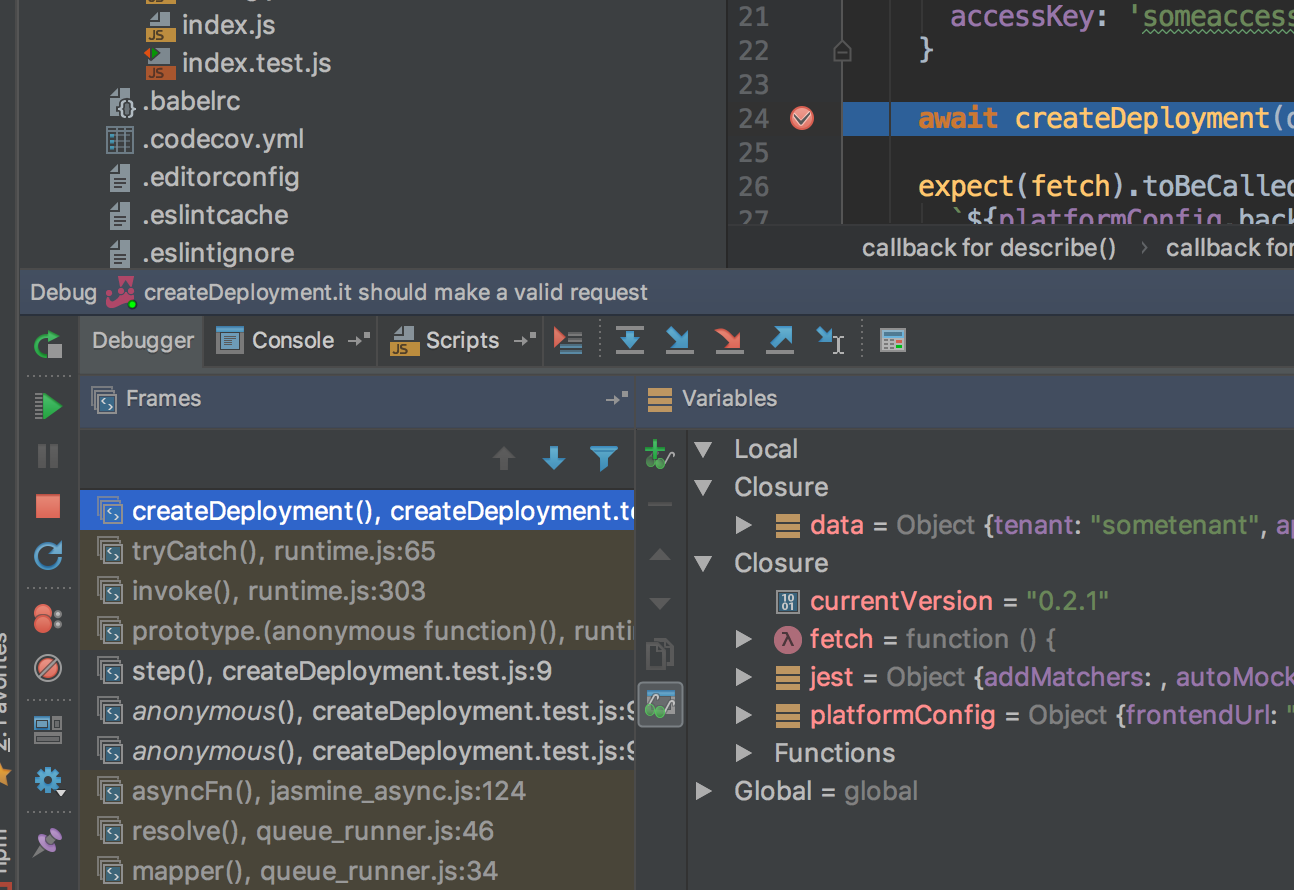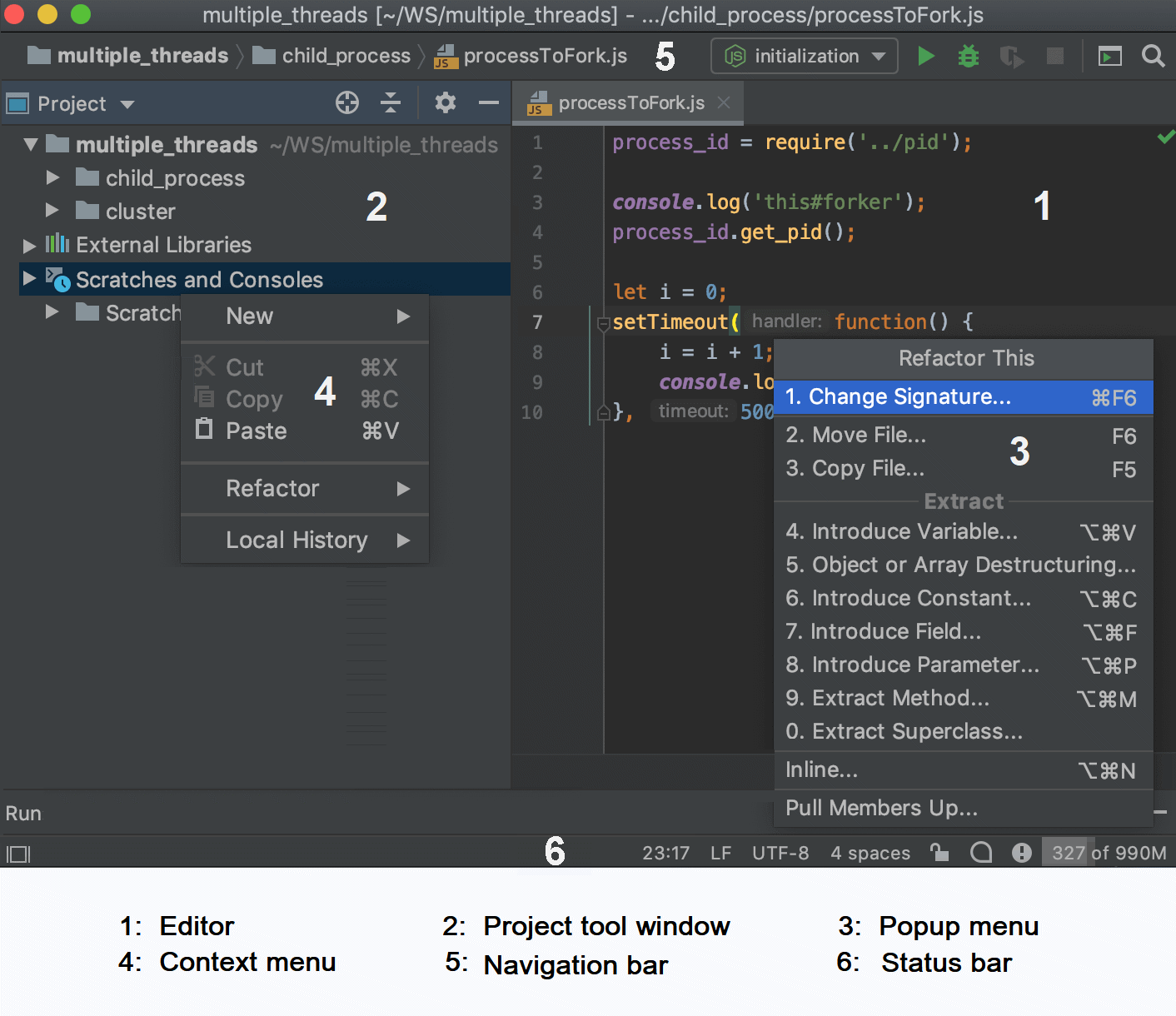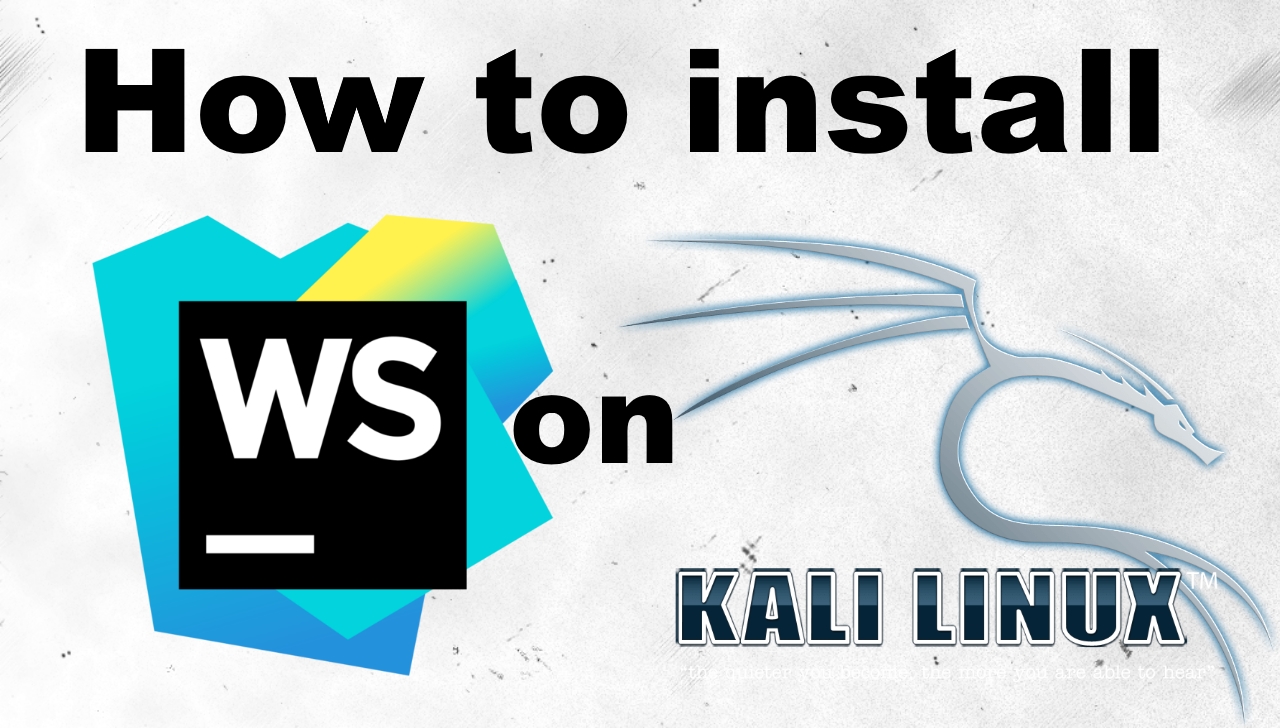

- #INSTALL WEBSTORM TUTORIAL HOW TO#
- #INSTALL WEBSTORM TUTORIAL INSTALL#
- #INSTALL WEBSTORM TUTORIAL ZIP FILE#
- #INSTALL WEBSTORM TUTORIAL MAC#
- #INSTALL WEBSTORM TUTORIAL WINDOWS#
In Mac, Linux, and Windows, you should open up a terminal and run npm install express -g

Now that we have MongoDB and NodeJS, it is time to install ExpressJS- this is pretty trivial now that we already have npm installed from step 2. You can follow along step by step from the mean-stack-skeleton repo commit log, because, conveniently, the commits correspond one-to-one with steps 4-7.

However, I recommend at least reading through the rest of the below steps, as they will explain in a bit more detail some of the tools that you will be using. You should then be able to run node app.js You can simply clone/fork, start a “mongod” process, navigate to the git repo, and run npm install -d If an npm command fails for unclear reasons, try running it through “sudo.”Īt this point, you’ve done essentially all you need to do to run a MEAN stack application. Keep in mind that “npm” often requires root permissions to run. When you run “npm” with no arguments, you should see a bunch of usage information. When you run “node,” you should see a single “>.” This is the node shell, hit ctrl-c to close it. Once you have successfully installed NodeJS, you should be able to run the “node” and “npm” commands from your terminal.

I recommend using the installer rather than the binary to save yourself the extra work of adding the binary location to the system path. Sudo add-apt-repository ppa:chris-lea/node.js Sudo apt-get install python-software-properties python g++ make Next we’re going to install NodeJS and npm (node package manager). You can now leave mongod running, open up another terminal, and run mongo test Think of mongod as your local MongoDB server- you need to have a mongod process running in order to be able to use MongoDB. On Windows, you’ll need to run it as /c/mongodb/bin/mongod
#INSTALL WEBSTORM TUTORIAL MAC#
That’s it! After the installation process is done, you should be able to run the command mongodĭirectly from your command line on Mac and Ubuntu.
#INSTALL WEBSTORM TUTORIAL ZIP FILE#
Once the download is done, extract the contents of the zip file to a memorable directory, such as ‘c:\mongodb’. Windows: Go to and download the latest version of MongoDB for Windows, which should be a plain zip file. Sudo apt-key adv -keyserver -recv 7F0CEB10Įcho 'deb dist 10gen' | sudo tee /etc/apt//10gen.list OSX: Open up your Terminal window and run sudo brew install mongodb Brew will help a lot with setting up MongoDB and NodeJS. With brew, you would simply open up the Terminal, type brew install git, hit enter, and you’re done. For example, if you wanted to install git the hard way, you would have to open up your browser, google “git,” click on a few links, download an installer, and run it. Brew is a phenomenally useful tool for installing programs directly from your command line. If you’re on OSX, I highly recommend you install Brew to help with this process.
#INSTALL WEBSTORM TUTORIAL WINDOWS#
The git installer for Windows comes with “git bash,” which is the tool that I currently prefer. Windows doesn’t have one by default, but there are several alternatives. If you’re on a Mac or an Ubuntu machine, you’re looking for the Terminal. If I use the term terminal, shell, or command line, I’m referring to a bash shell window. This tool takes different names on different operating systems, but they are all effectively the same for the purposes of this tutorial. The one tool that you’ll need to get started is a bash shell (the standard linux command line). NodeJS and MongoDB are designed to be as close to operating system independent as possible and we will be covering three of the most common operating systems here – OSX, Windows 7/8, and Ubuntu. We’ll start by installing all of our tools. Part One consists of seven steps, although only the first two are are strictly necessary. Next in Part Two we’ll walk through the steps for building a very simple to-do list. In Part One we’ll go through the setup and installation process. I’m going to take it one step further and give you guys a two-part post that will walk you through creating your first MEAN stack app- from installing the tools to actually writing the code.
#INSTALL WEBSTORM TUTORIAL HOW TO#
Open ide, click on File | New | Project tsconfig.jsonĬreate a new file – Right click on the project, click New | File and name it as “tsconfig.I’ve received several emails asking for instructions on how to set up a basic MEAN stack app. Let’s see the implementation step by step Download and install In one of our post Protractor test on chrome browser, we have seen how to run protractor tests in chrome browser (using VSCode IDE), in this post we will be using WebStorm IDE to run protractor tests on firefox browser


 0 kommentar(er)
0 kommentar(er)
